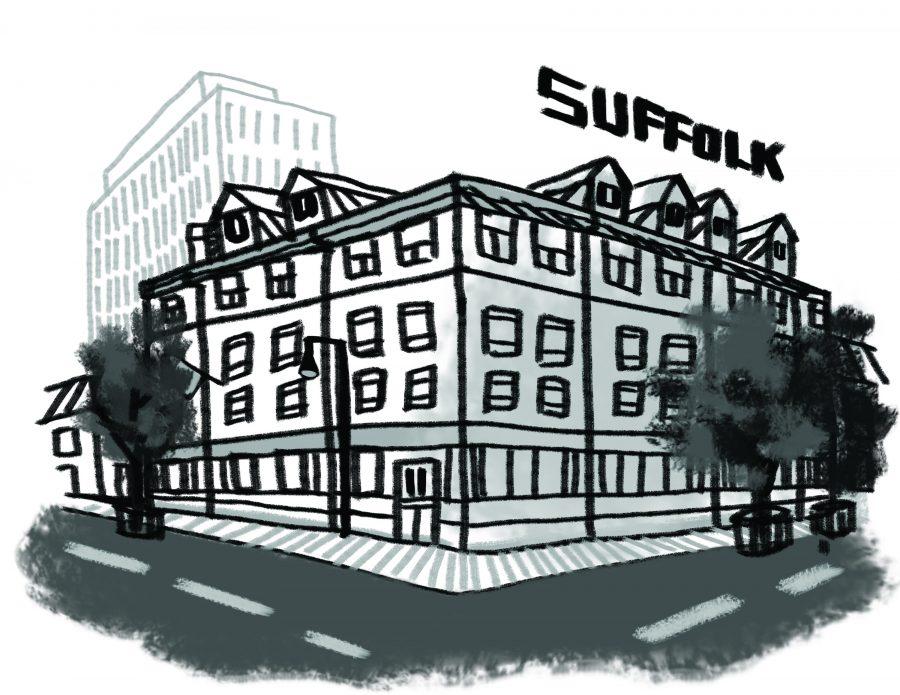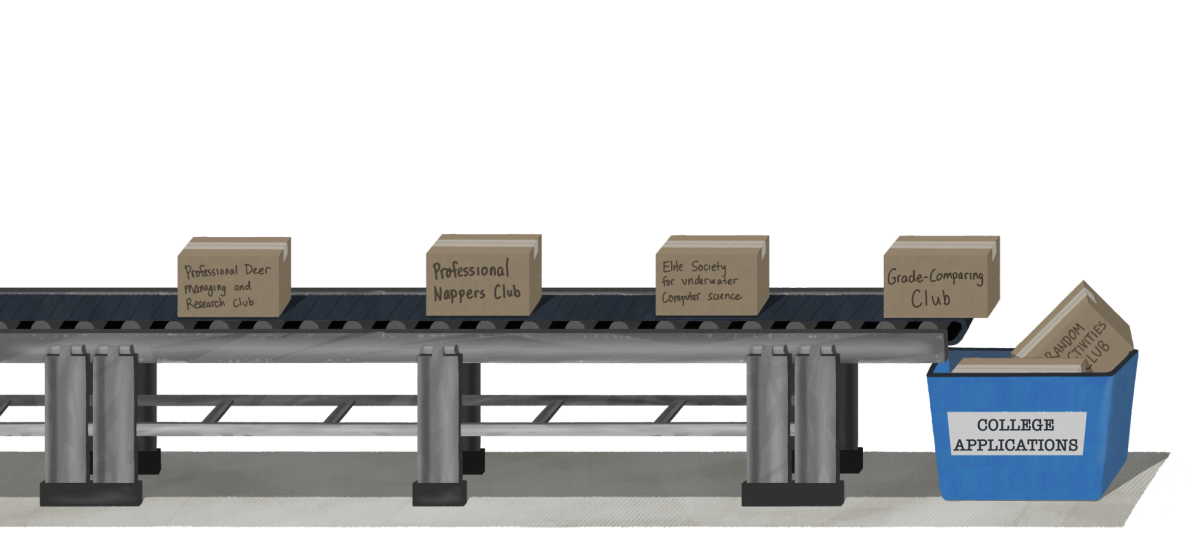As colleges become increasingly more difficult to get into and prices for education continue to inflate, there is an increasing trend of today’s high school students choosing their universities with misconception and misguidance. What were known as the beginnings of American higher education are now regarded as the ideal, one-size-fits-all schools that a majority of high-achieving American students strive to someday attend. Though these Ivy League schools do have their merits, it is imperative that students do not discount less well-known universities simply due to the difference in prestige. In fact, overvaluing well-established schools is extremely dangerous because this mindset obliterates the value of gaining a well-rounded discipline in both academia and mentality that ultimately envelopes all higher education, be it a brand-name school or not.
Though many brand-name schools demonstrate a high caliber in academia across the board, prospective students should not simply consider the general education performance of a school. They should also look at a school’s ability to offer exceptional education in the area of discipline the student hopes to major in. For instance, according to Online Colleges Database, the non-specialized university offering the best art department is not an Ivy League but rather New York University, followed by Suffolk University. Thus, someone hoping to study art or psychology may not necessarily choose an elite school.
Moreover, the teaching system of some of the founding institutions is outdated and obsolete. As a matter of fact, much of it does not offer an accurate view of 21st century living. As Yale admissions officer William Deresiewicz pointed out in a recent New Republic article, “This system is exacerbating inequality, retarding social mobility, perpetuating privilege and creating an elite that is isolated from the society that it’s supposed to lead.” A look at the statistics further demonstrates this wide discrepancy. Though all top-tier universities seem to have high percentages of students graduating from Caltech, Stanford and Columbia ranking among the top ten universities for graduation rate, in truth to yield such a high percentage of matriculation within four years there is a large number of students who drop out of college before then. In fact, a larger portion of students in Ivy League schools drop out before their scheduled graduation than students in lower stress, lower echelon schools. Seeing this, one must take into question whether it is more important to learn in a comfortable environment or to challenge oneself to the extremes of sanity.
Finally, brand-name schools offer this top tier education at an outrageously high price. Middle-class residents, for example, would not be offered much financial aid and thus would often find it financially unfeasible to attend such schools. Dartmouth University, for instance, costs $65,523 annually to attend whereas schools like Brigham Young University cost much less, at $13,092 per year. Considering that both of these colleges offer many of the same degrees but one at a much lower price students should reconsider which college may be a better fit.
Though there are many advantages to attending an internationally recognized university, the idea of doing so has grown into an unhealthy obsession among high-achieving students. It is necessary to take a step back and see past the glitter of top tier schools. Should a student weigh both the benefits and downfalls, he may find that for him, the disadvantages exceed the advantages. It is time for today’s students to open their minds more when it comes to higher education and transcend the long-held stereotypes of what constitutes of a good college in favor of learning and looking toward the future.
—Xue, a junior, is a Forum Editor.














